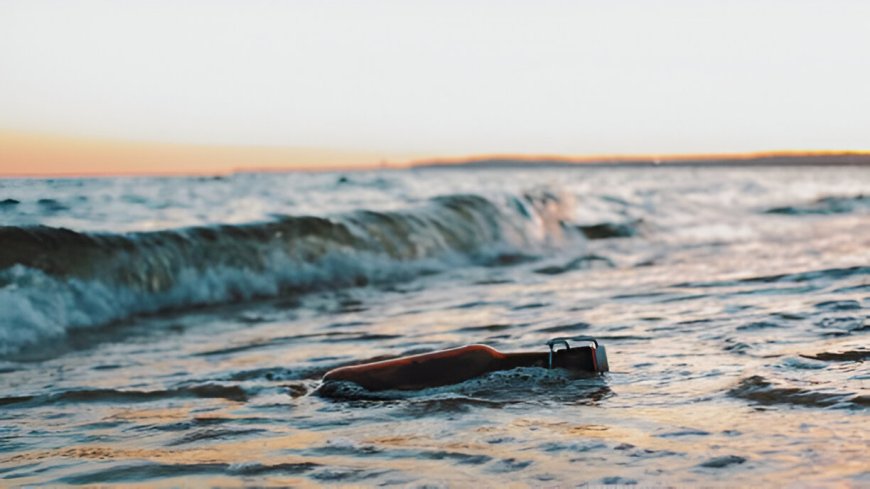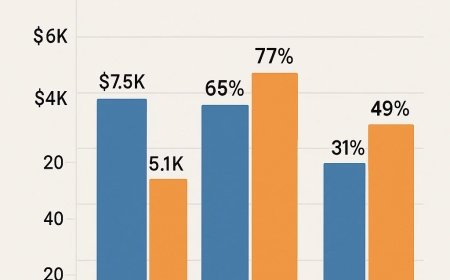The Journey of a Bottle Drifting Across the Ocean
Follow the fascinating journey of a drifting bottle as it travels across oceans, uncovering stories of nature, chance, and human connection.

It begins with a simple gesture. A hand stretches out over a cliffside or boats edge, the fingers releasing a bottle that holds something more than liquidit holds a story. It arcs briefly before plunging into the waves, swallowed by the vastness of the ocean. What follows is a tale not written in ink alone but in salt, wind, current, and time.
Cast Adrift
The bottle was made of thick, recycled glass, greenish in hue, once containing a local soda from a small coastal town in Cornwall. After being rinsed and carefully dried, a message was slipped inside: a letter dated July 2, 2025. Written in tight, neat handwriting, the note read:
Bottles Silent Chauffeurs
Currents became the bottles unknowing chauffeurs. First, the Gulf Stream carried it northward, warming the bottles shell and spinning it east across the Atlantic. For months it danced along the tide lines, where floating debris often accumulatesplastic, seaweed, bits of wood, and occasionally, other bottles like it.
A pod of dolphins circled it once, playfully nudging it. A storm tossed it high onto a reef where it rested for weeks, half-buried in sand, until a rising tide rescued it. It saw night skies streaked with meteors and sunrises so vast they turned the ocean gold.
At one point, the bottle floated past a remote island with no inhabitants but birds. It grazed the hull of a drifting fishing boat abandoned years before, its nets now home to coral and clownfish. It was history touching history.
Years at Sea
Over the next few decades, the bottles label faded. Barnacles formed around the base, and the once-bright wax turned pale and cracked. Inside, the message remainedfragile but intact. The bottle traveled from the Atlantic to the southern hemisphere, caught in the looping currents of the South Equatorial Current, circling slowly like a clock that only time itself could read.
In 2063, a young marine biologist on a solar-powered research vessel spotted the bottle among the sargassum mats. But before she could retrieve it, a swell knocked it out of reach. She logged the sighting, never knowing what treasure was sealed inside.
The bottle drifted again, unclaimed, slipping through oceans like a secret waiting for the right listener.
Landfall
It was not until 2125exactly 100 years after the message was writtenthat the bottle was discovered on a rocky beach in Iceland by a group of schoolchildren during a coastal cleanup project. They were part of a global education initiative aimed at reconnecting the next generation with the physical worldbeaches, forests, sky, and soil.
Their teacher, an advocate for using ICT for student engagement , encouraged them to document their findings with smart glasses and cloud-connected tablets. As the students scanned the bottle and transmitted its images to a central learning platform, AI systems flagged the writing inside as historical. The teacher carefully opened it in front of the class, streaming the moment live to classrooms around the world.
Here was a story not from a textbook but from the ocean itself.
Message Rediscovered
The letter inside was placed in digital archives, translated into over 50 languages, and displayed in both virtual and physical museums. Historians analyzed the ink and paper; linguists studied the handwriting. Yet, what captivated people most was the sincerity of the message. It wasnt dramatic or demanding. It was a quiet hope whispered across a century.
In an age dominated by virtual reality and AI tutors, that bottle became a reminder of simpler communicationa time when humans reached out without knowing if they'd be heard.
It sparked a movement: the launch of new "Drift Projects" where people around the world were encouraged to send out messages in biodegradable containers, each equipped with smart chips to monitor ocean health. They were both environmental tools and human artifacts.
Why the Message Mattered
There is something profoundly human in the act of sending a message in a bottle. It is vulnerable. It admits we dont have all the answers, that we rely on chance and hope. That 100-year-old letter reminded people that while digital archives can store information forever, it is the stories we risk losingour intentions, dreams, and fears whispered into a bottle and surrendered to the sea.
Closing Thoughts
The journey of a bottle drifting across the ocean is more than a poetic image it is a metaphor for all the messages we leave behind, intentionally or not. Whether through words, technology, or memory, we are constantly casting fragments of ourselves into the future, unsure of who might find them or what they might mean.








&srotate=0)

























